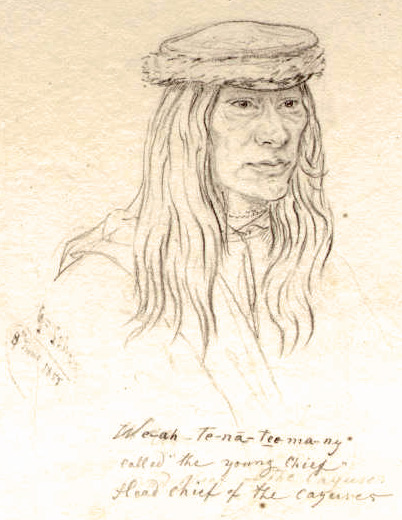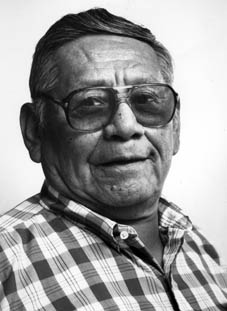Member Tribe Overview

The reservations and ceded lands of the four CRITFC member tribes. The combined area of these four tribes’ ceded lands covers 25% of the Columbia Basin
Despite some differences in language and cultural practices, the people of these tribes have long shared the foundation of a regional economy based on salmon. To the extent the resource permits, members of these tribes continue to fish for ceremonial, subsistence, and commercial purposes. They still maintain a dietary preference for salmon, consuming sometimes ten times the US average. For these tribes, salmon is important and necessary for their physical health and spiritual well being.
In 1855, the Nez Perce, Umatilla, Warm Springs and Yakama tribes each entered into a treaty with the US government, ceding millions of acres of their lands to the United States in exchange for peace and certain terms. Many of these terms involved the reservation of particular rights that were guaranteed to continue after their treaty was signed – not rights that the treaty granted, but rights the tribes held prior to the treaty that they demanded they continue to have. One was the right to harvest fish in all the tribes’ usual and accustomed areas. This included areas both on and off their reservations.
Today, perhaps even more than in the past, the Columbia River treaty tribes are brought together by the struggle to protect and restore their sacred First Food, the salmon.

Celilo Falls circa 1952. Before it was inundated under the waters behind The Dalles Dam, Celilo Falls drew Indians from throughout the Pacific Northwest to fish, trade, and socialize. It was one of the most significant fisheries of the Columbia River system. Photo: Matheny Collection
Voices from the Past

The ground says, It is the Great Spirit that places me here… The ground, water, and grass say, The Great Spirit has given us our names. We have these names and hold these names. The ground says, The Great Spirit has placed me here to produce all that grows on me—trees and fruit. The same way the ground says, It was from me man was made. The Great Spirit, in placing men on earth, desired them to take good care of the ground and to do each other no harm.—Young Chief, Cayuse
Tribal sovereignty


Indian fishers have fished the waters of the Columbia Basin for thousands of years. It was a central part of their cultures, societies, and religions.
